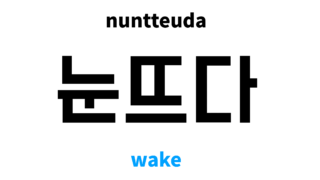 Intermediate Words
Intermediate Words wake in Korean: 눈뜨다’s meaning and pronunciation
wake in Korean is 눈뜨다. For examples, you can use like [눈뜨자마자 출발하다, 아침에 눈뜨다]. In this post you will learn how to pronounce and use wake in Korean along with examples.
 Intermediate Words
Intermediate Words  Intermediate Words
Intermediate Words  Intermediate Words
Intermediate Words  Intermediate Words
Intermediate Words 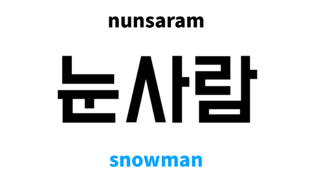 Intermediate Words
Intermediate Words 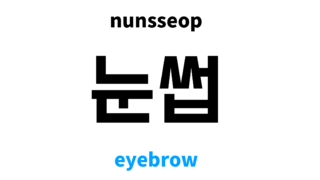 Intermediate Words
Intermediate Words  Intermediate Words
Intermediate Words  Intermediate Words
Intermediate Words 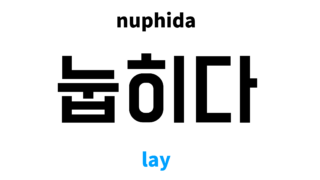 Intermediate Words
Intermediate Words 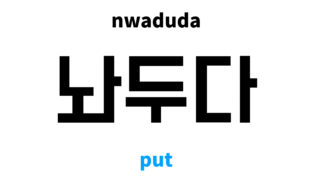 Intermediate Words
Intermediate Words